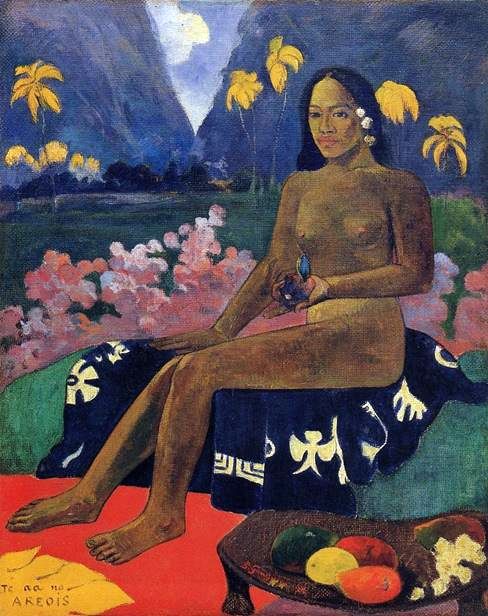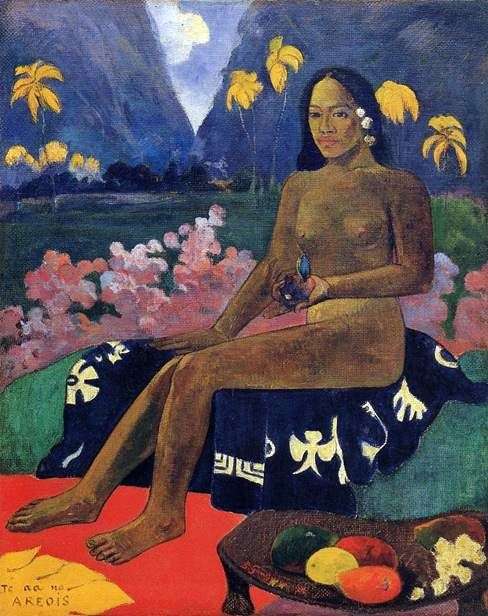
In the spring of 1891, an elegant and comfortable liner “Ocean” crosses the Indian Ocean, associated with the French colonies in New Caledonia. Its picturesque passengers are divided into three classes under the deck, from rich, important functionaries and landowners, to young people of modest descent who go to the colony looking for a future that old France was not able to guarantee.
In other words, a transatlantic ship was a true zoological creature, a circus with so many actors, in which no one would notice the presence of a middle-aged man, with a strong mustache and an empty gaze, who spent endless hours sitting on the deck, turning to the horizon.
However, that anonymous character who took one of the modest cabins of the third class, was no one. He was a painter admired, named Paul Gauguin, who went to Tahiti Island, seeking an artistic ransom, a return to an exotic primitive that could help him find a way that his Art could be cleansed. In his own words, “The West is rotten and anyone who is like Hercules can find new forces by going to distant places.” And, returning one or two years after that, back. “However, Gauguin’s journey was not an odyssey of the traveler.
In fact, he ordered the ambassador to personally welcome him to Papeete’s harbor, as the official guest of the French Government. In addition, Papeete – the Tahitian capital – was not a tropical paradise that it could be the last time an exotic and mysterious city is found by great travelers like the legendary Captain Cook. The colonists – civilians and military men, and, of course, the priests – corrupted the city with all the customs of the calamities of colonial capital. However, there is still there, in cities more distant from capital, an important part of the native and the primitive culture that Gauguin was looking for.
 Te Aa No Areois – Paul Gauguin
Te Aa No Areois – Paul Gauguin Te Aa No Areois – Paul Gauguin
Te Aa No Areois – Paul Gauguin Young woman lying on the grass by Paul Gauguin
Young woman lying on the grass by Paul Gauguin Beautiful days by Paul Gauguin
Beautiful days by Paul Gauguin Magnificent days by Paul Gauguin
Magnificent days by Paul Gauguin Under the pandanian tree by Paul Gauguin
Under the pandanian tree by Paul Gauguin Bouquet of flowers by Paul Gauguin
Bouquet of flowers by Paul Gauguin Three Tahitians by Paul Gauguin
Three Tahitians by Paul Gauguin